Have questions about our advanced equipment and solutions at Prater Industries? This FAQ section provides clear, concise answers about our products and services. Our team is ready to assist you if you need more information or have additional questions. If you can’t find the answers you’re looking for, please call or contact a local rep.
Air Classifiers
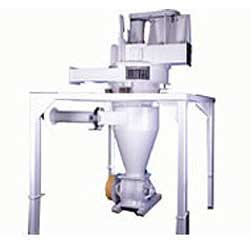
What applications are Air Classifiers best suited for?
Prater Air Classifiers are ideal for applications requiring precise particle size separation, such as in the chemical, mineral, and food industries.
How does an Air Classifier work?
The Air Classifier uses centrifugal force to separate fine and coarse particles, providing efficient separation based on a specific particle size.
Can Prater Air Classifiers handle abrasive materials?
Our Air Classifiers can be outfitted with wear-resistant components, such as tungsten and ceramics, to handle abrasive materials without compromising efficiency.
What maintenance is required for an Air Classifier?
Internal components such as classifier wheels and bearings must be regularly inspected for optimal performance. We provide maintenance guidelines specific to each model.
Air Classifying Mills
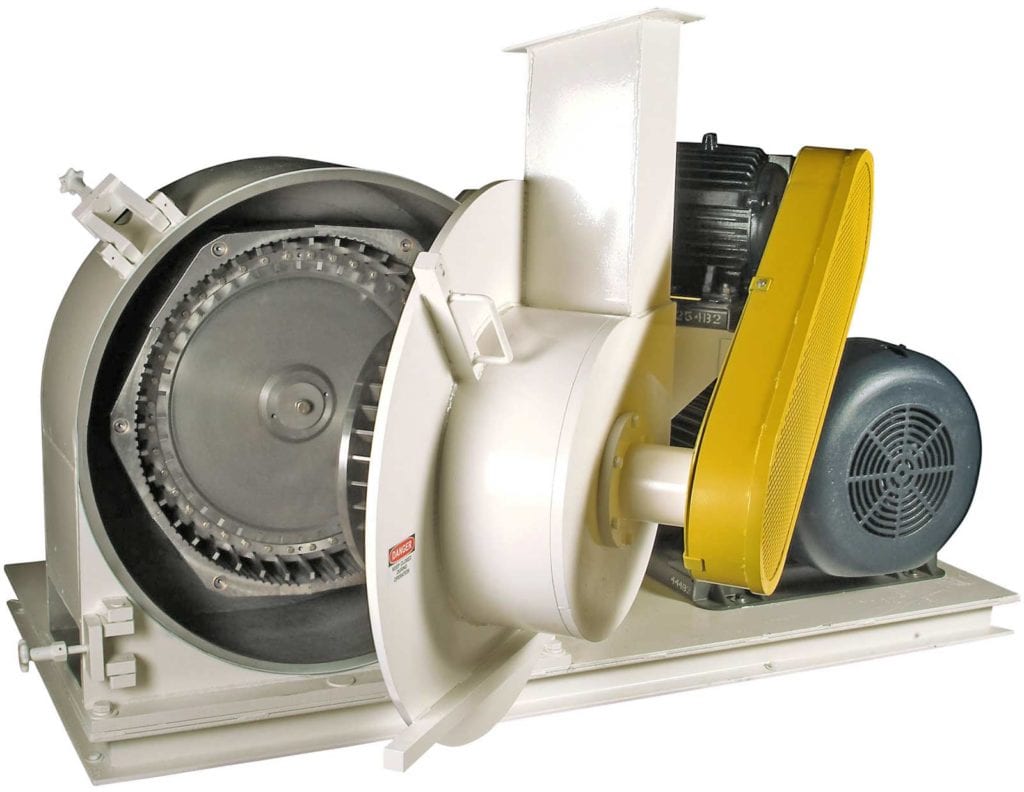
What materials can Prater Air Classifying Mills process?
Prater Air Classifying Mills are versatile and can process various materials, including chemicals, pharmaceuticals, food ingredients, minerals, and other fine powders.
How does an Air Classifying Millwork?
An Air Classifying Mill combines impact milling and air classification in one unit. The mill grinds the material, and the integrated classifier ensures that only particles of the desired size are passed through, while oversized particles are returned for further milling.
What are the benefits of using an Air Classifying Mill over other milling methods?
Air Classifying Mills offer precise particle size control, reduce over-grinding, improve product quality, and allow for a narrow particle size distribution, which is ideal for fine and ultra-fine grinding applications.
Can Prater Air Classifying Mills be customized for specific applications?
Yes, Prater offers custom configurations to meet specific processing requirements, including different rotor designs, classifier adjustments, and material construction for handling abrasive or heat-sensitive products.
Fine Grinders
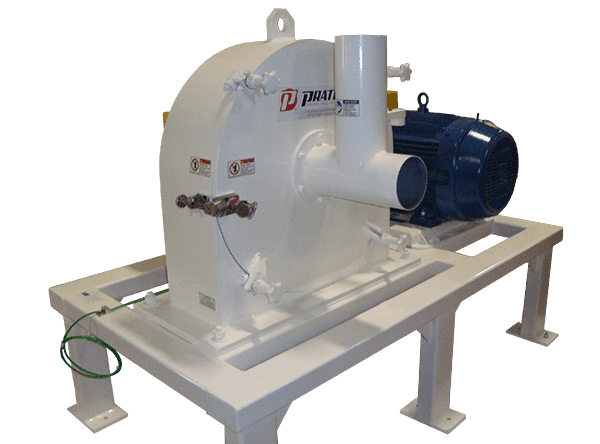
What materials are Prater Fine Grinders designed to process?
Prater Fine Grinders are ideal for processing dry, free-flowing materials such as sugar, spices, chemicals, and fine powders in food, pharmaceutical, and industrial applications.
What particle size can be achieved with a Fine Grinder?
Prater Fine Grinders can achieve particle sizes as small as 200 mesh (73 microns), and sometimes finer depending on the material.
How does the Fine Grinder maintain consistent particle size distribution?
The Fine Grinder utilizes a rotor with a large impact surface area and precision tolerances against a tightly fitted grinding track (screen frame). The screen frame includes interchangeable screens to classify and control the particles that exit the grinding process, ensuring greater uniformity and a narrower range of sizes.
What maintenance is required to keep a Fine Grinder operating efficiently?
Regular inspection of worn parts such as grinding plates, rotors, and screens is recommended. Routine cleaning and lubrication help to maintain consistent performance and prolong the lifespan of the equipment.
Hammer Mills
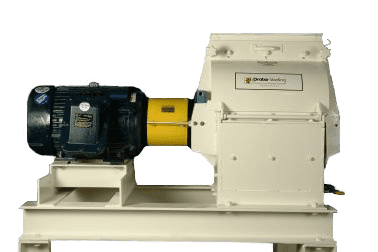
What materials can Prater Hammer Mills process?
Prater Hammer Mills are designed to process various materials, including grains, minerals, chemicals, and biomass.
What is the difference between Full-Screen Hammer Mills and Mega Mills?
Full-screen Hammers offer general-purpose size reduction in an economical package, often as a stand-alone solution. Megamills offer precision tolerances and a cantilevered design that can grind to finer sizes. They are dust-tight and well-suited for operation within a pneumatic conveying system.
How can I ensure the optimal performance of my Hammer Mill?
Follow a routine schedule, including inspecting and replacing worn parts. Monitor screens for plugging or wear and clean or replace them as needed.
Can the Hammer Mill be integrated into an existing production line?
Our hammer mills can be customized and integrated into your existing process for optimal performance.
Lump Breakers

What materials are Prater Lump Breakers designed to handle?
Prater Lump Breakers are built to efficiently deagglomerate lumped powders and granules, such as chemicals, minerals, food products, and various other bulk solids.
How does a Lump Breaker work?
The Lump Breaker uses rotating blades to break down large, compacted materials into smaller, manageable sizes, ensuring smooth flow through downstream equipment.
Can the Lump Breaker be customized to suit specific applications?
Yes, our Lump Breakers can be customized with different blade configurations, screen sizes, and materials to meet the needs of your specific process.
What maintenance is required for optimal Lump Breaker performance?
Routinely inspect the blades and screens for wear and replace them as needed. Check for worn or unlubricated bearings and re-lubricate or replace them when necessary.
Rotary Airlock Valves

What are Rotary Airlock Valves used for?
Rotary Airlock Valves regulate material flow between two areas with differing pressure levels, typically in pneumatic conveying systems, while maintaining an airtight seal.
How do I choose the right size Rotary Airlock Valve for my application?
The correct size depends on the material type, flow rate, pressure differential, and application requirements. Our team can assist in selecting the optimal valve based on your specific needs.
What materials can Rotary Airlock Valves handle?
Prater Rotary Airlock Valves can handle a wide range of materials, including powders, grains, pellets, and bulk solids, for applications in the food, chemical, and mineral industries.
What maintenance is required for a Rotary Airlock Valve?
Regular maintenance includes inspecting and replacing worn seals, blades, and bearings to ensure airtight performance and to prevent material leakage or contamination. Detailed maintenance guidelines are provided with each valve.
Rotary Sifters
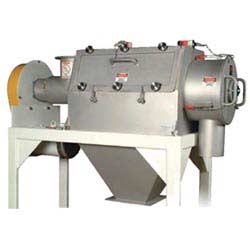
What materials are suitable for Rotary Sifters?
Rotary Sifters can handle various materials, including powders and granules, making them ideal for food, chemical, nutraceutical and pharmaceutical applications.
How does the Prater Rotary Sifter differ from vibratory screeners?
Prater Rotary Sifters offer greater capacity within a smaller footprint. They operate without external vibration to provide a highly efficient separation. Unlike many vibratory separators, rotary sifter screens and screen frames can easily be assembled in-house using simple tools.
What is the typical capacity of a Prater Rotary Sifter?
Capacity will vary depending on the model and application. We offer a wide range of sizes, from a few lbs/ hr to well over 100,000 lbs/ hr.
Can Rotary Sifters be used for sanitary applications?
Yes, our Rotary Sifters are easy to clean and can be designed for sanitary applications, including food and nutraceutical pharmaceutical processes, with easy-to-clean and hygienic features.
Rotormill
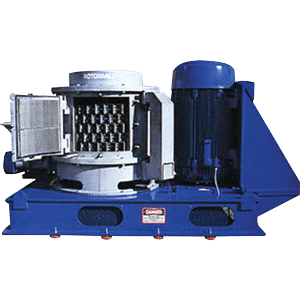
What types of materials can Prater Rotormills process?
Prater Rotormills is a “heavy duty” design ideally suited to process a variety of chemicals/ petrochemicals, minerals, clays, biomass, e-waste, scrap products and food. How does a Rotormill differ from other types of mills?
Rotormills primarily rely on attrition, while other designs focus on impact or compression to reduce the particles. This is achieved by a high-speed rotor that accelerates air and particles along a grooved lining tightly fitted around it. The particles collide with each other and disintegrate along the lining.
What particle sizes can be achieved?
Depending on the material and rotor configuration, Prater Rotormills can achieve fine and ultra-fine particle sizes. Particle sizes as small as a few microns are possible.
What maintenance is required for optimal performance?
Routine maintenance, such as inspecting and replacing worn rotors/ rotor blades, bearings, drive belts and other wear parts is essential. Regular cleaning and lubrication of bearings can also ensure smooth operation and longevity.

